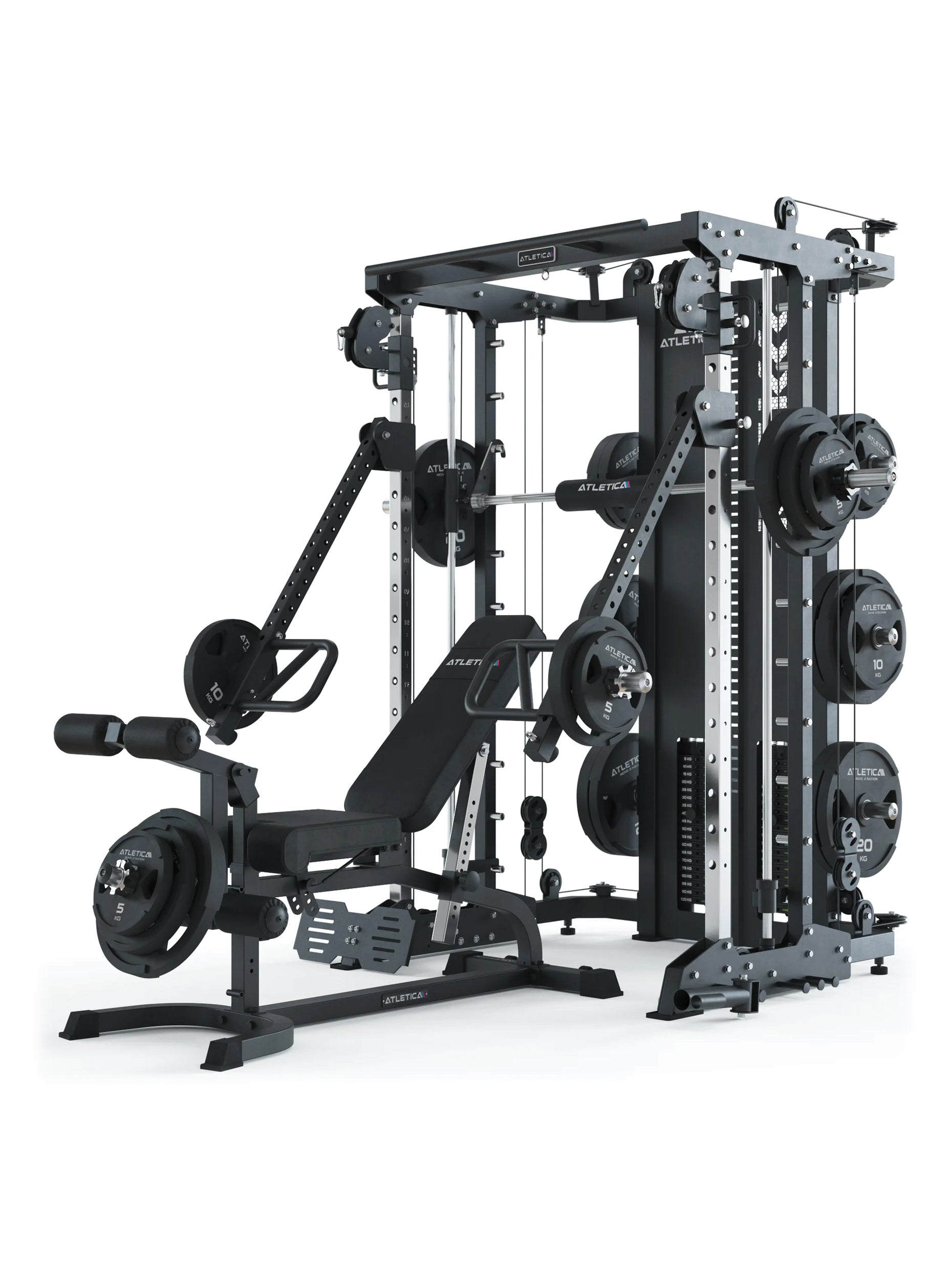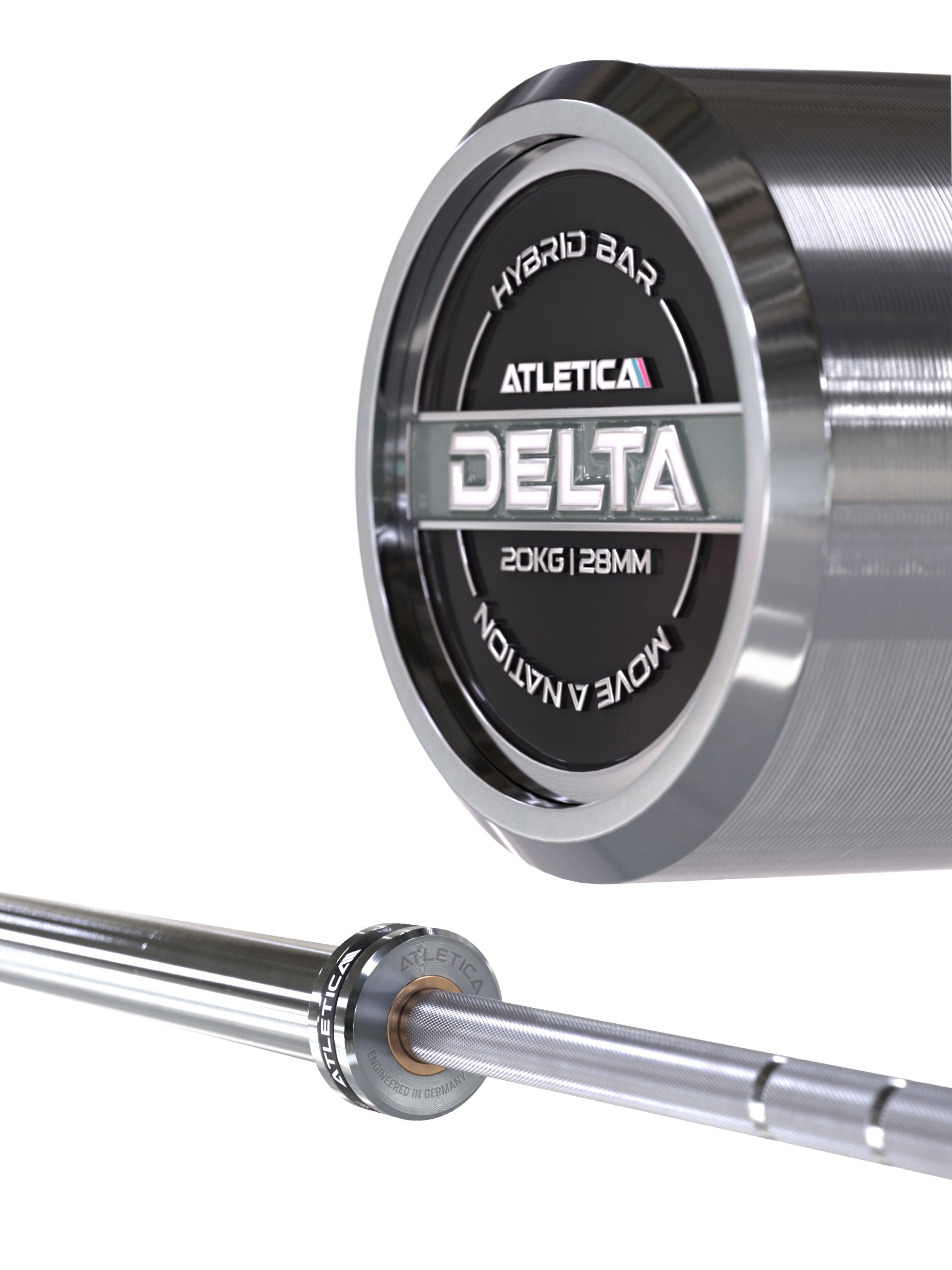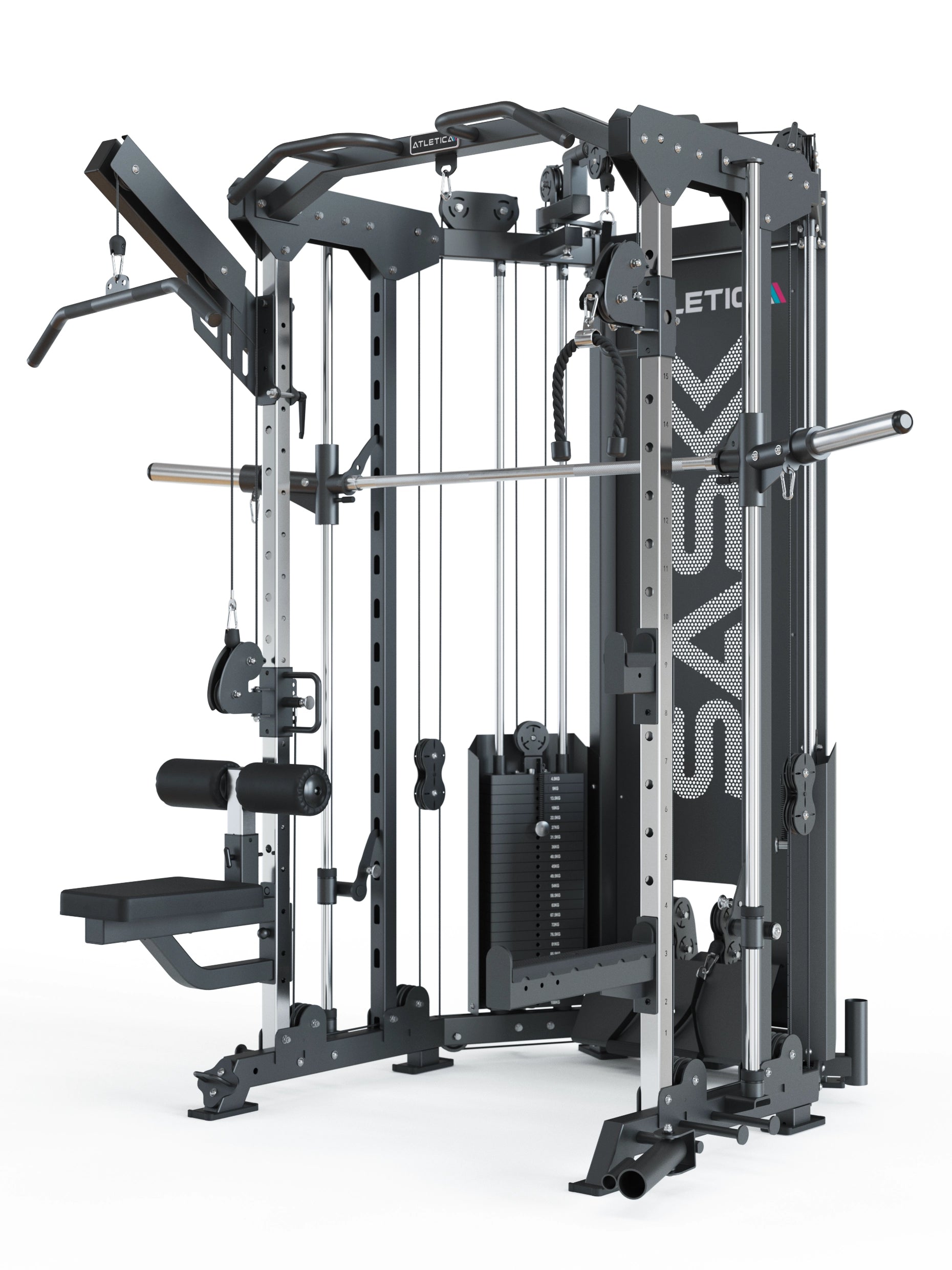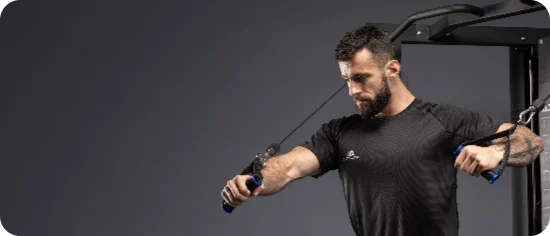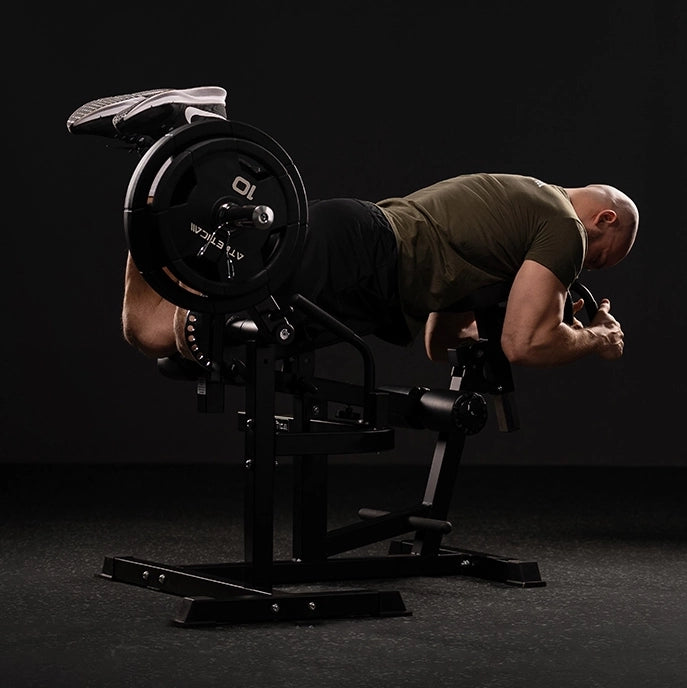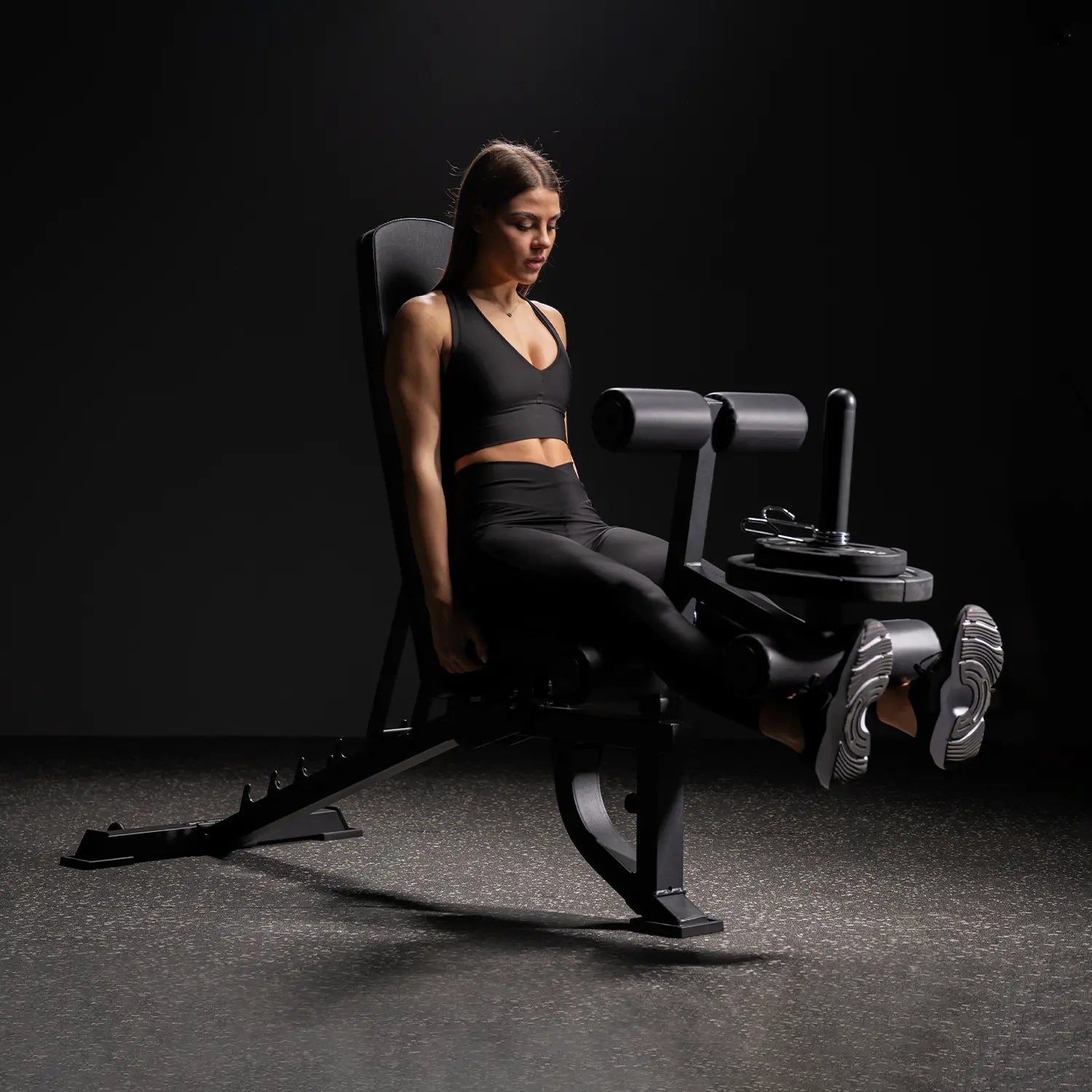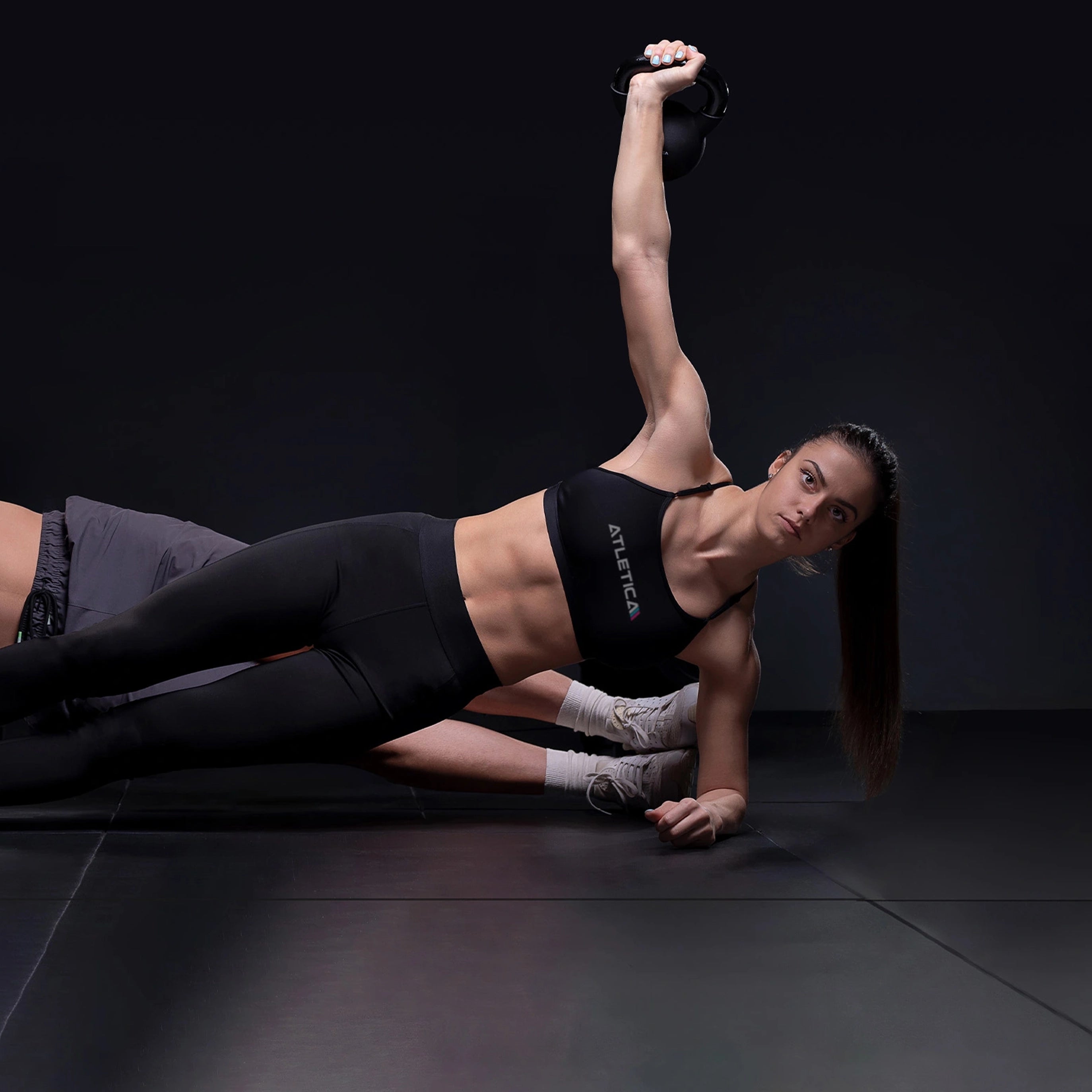Shoulder tension is one of the most common complaints, especially if you sit a lot or perform repetitive movements. To relieve this tension and strengthen the muscles at the same time, targeted shoulder training at home is ideal. In this workout, we focus on effective shoulder exercises that not only improve mobility but also reduce tension. Fascia rolls and fascia balls, which can easily be used at home, are particularly helpful. They not only help to train your shoulders specifically, but also to relieve deeper tension in the muscles.
Over the next 20 minutes, we'll guide you through a structured shoulder workout for home, supported by fascia tools to achieve effective loosening and strengthening. Whether you train regularly or are simply looking for a way to reduce tension in the shoulder area, this workout is easy to implement and perfect for home. Ready to give your shoulders the attention they deserve? Let's get started!

Which fascia roller and which fascia ball should I use for my shoulder exercises?
When training your shoulders at home, fascia rolls and fascia balls are indispensable tools for relieving tension and improving mobility. But which tools are best suited? Here you can find out which variants will help you to train your shoulders in a targeted manner.
1. Fascia roller for shoulder training
For your shoulder training at home, we recommend a fascia roller with a medium to soft hardness. A smooth surface is ideal for rolling gently over the muscles without applying too much pressure. The roller should be around 30-45 cm long so that you can apply the movements specifically to the shoulder area. It is important that the roller is not too hard so as not to overload the sensitive shoulder muscles.
2. Fascia ball for targeted trigger point massage
A fascia ball is particularly suitable for targeting deeper tensions. For your shoulder training, we recommend a small, firm ball (approx. 8-12 cm in diameter). The ball can be placed precisely on tensions in the shoulders and upper back to massage trigger points and promote blood circulation. A firmer ball is good for stubborn tensions, while softer balls are useful for more sensitive areas.
With the right fascia roller and a suitable fascia ball, you are well equipped to make your shoulder training effective and relieve your tension!

Why is fascia training effective for the shoulder?
Fascia training is particularly effective for the shoulders because it targets the deeper connective tissue, the fascia. Fascia surrounds muscles, organs and joints and is responsible for the mobility and elasticity of the body. Incorrect posture, stress or lack of exercise can cause fascia to harden, leading to tension and pain, especially in the shoulders.
Targeted fascia training can loosen these adhesions and improve blood circulation in the muscles. When doing shoulder training at home, fascia rolls and fascia balls help to specifically treat tension and make the shoulders more flexible. Regular fascia training not only promotes mobility, but also prevents shoulder problems.
Continuous training also improves regeneration after exertion. This contributes to keeping the shoulder muscles healthy in the long term and helps to avoid painful tension.

20 min. effective fascia training shoulder
Targeted fascia training for the shoulders is ideal for relieving tension and improving mobility. With a fascia roller and a fascia ball, you can specifically work on trigger points on the shoulders and upper back to loosen the shoulder muscles and increase flexibility. This shoulder training for at home helps you prevent discomfort and strengthen your shoulders.
1. Exercise: Shoulder blade massage with fascia roll (5 minutes)
This exercise aims to loosen the muscles around the shoulder blades and relieve tension.
Here's how:
- Lie on your foam roller so that it is horizontal under your upper back and shoulder blades.
- Lift your pelvis slightly, support yourself with your feet and slowly roll up and down over the fascia roller.
- Concentrate especially on the area between the shoulder blades and roll gently back and forth for 2-3 minutes.
This exercise is perfect for starting fascia training for the shoulder and preparing the muscles for further stretching. It improves blood circulation and loosens hardened fascia.
2nd exercise: Shoulder stretch with fascia ball (5 minutes)
Here we concentrate on targeted trigger points in the shoulders and upper back to release deeper tensions.
Here's how:
- Lean your back against a wall and place the fascia ball between your shoulder blade and the wall.
- Roll the ball slowly over the tense muscles until you find a trigger point.
- Hold the pressure on this point for 20-30 seconds before moving the ball further.
- After 2-3 minutes, switch sides and work on the other shoulder.
This exercise helps to loosen deep adhesions in the connective tissue and relax the shoulder muscles.
3rd exercise: loosen the upper back and neck (5 minutes)
The neck and back muscles are closely connected to the shoulder, which is why this exercise is essential to relax the entire area.
Here's how:
- Sit on the floor and lean your upper back against the fascia roller.
- Slowly roll over your upper back and neck area, supporting yourself with your feet.
- Focus on tense areas and gently move the roller back and forth for 2-3 minutes.
This exercise is an excellent addition to shoulder fascia training and helps to loosen the neck and back muscles, which in turn relieves the strain on the shoulders.
4th exercise: Lateral shoulder and triceps stretch with fascia roll (5 minutes)
In this exercise, the lateral shoulder area, which often becomes tense when under stress, is specifically stretched and loosened.
Here's how:
- Lie on your side on your foam roller so that it is placed directly under your armpit.
- Roll gently toward your upper arm and back to massage the side shoulder and triceps.
- Do this for 2-3 minutes per side.
This exercise promotes mobility and relieves tension in the lateral shoulder, making your shoulder training particularly effective.
With this 20-minute program for fascia training shoulders, you have a complete workout that is specifically aimed at relieving tension in the shoulder while improving flexibility and stability. The combination of fascia roll and fascia ball helps you to penetrate deep into the tissue and specifically relieve the shoulder. This makes your shoulder training at home even more effective and sustainable!
Tips to prevent shoulder pain in everyday life
Shoulder pain is often caused by poor posture, sitting for too long or excessive strain. To prevent this pain, there are a few simple tips that you can incorporate into your everyday life.
- Ergonomic posture: Make sure you maintain an upright posture when sitting and working. Your shoulders should relax and fall back and your head should remain in a neutral position. Avoid hunching your shoulders.
- Regular breaks: If you sit a lot, plan a short break to move around every 30 minutes. Circle your shoulders, stretch your neck and move around to avoid tension.
- Active stretching: Regularly perform light stretching exercises for your neck and shoulders, especially if you already feel tension. This will keep your muscles loose and flexible.
- Fascia training: Integrate fascia training with a roller or a ball into your daily shoulder training at home. This helps to loosen adhesions and maintain mobility.
- Avoid carrying heavy bags: If possible, avoid carrying heavy bags on one side to avoid placing one-sided strain on your shoulders. Instead, use a backpack or distribute the weight evenly.

These simple tips will help you prevent shoulder pain and maintain your shoulder health in the long term.







